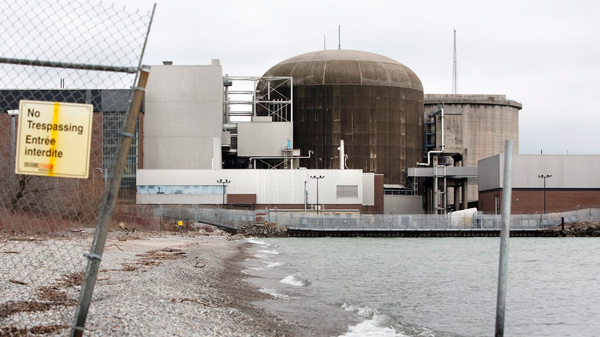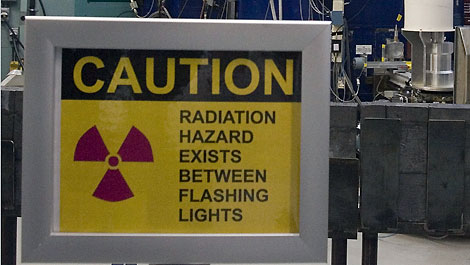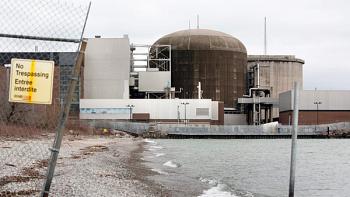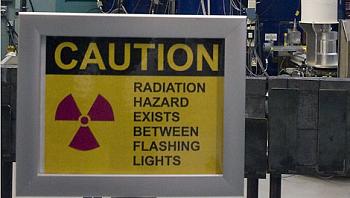Fukushima to Canada: Nuclear power creates toxic pollution for 250,000 years
Anyone who think that Japan can "decontaminate" a region suffering from nuclear fallout in the manner presented in YouTube video has been duped if you read David Suzuki's insights in the following article.
Nuclear power is experiencing a revival due to growing concerns about climate change. The nuclear industry has reinvented itself as an environmentally friendly option, producing electricity without the air pollution and greenhouse gas emissions of coal, oil or gas.
But a closer look reveals nuclear power is neither an environmentally or financially viable option. Nuclear power creates radioactive waste for which there is no accepted method of safely managing or storing. It is also prohibitively expensive. The last plant constructed in Ontario, Darlington, was budgeted at $3.4 billion but ended up costing $15 billion when it was finally completed in the mid-1980s.
Environmental problems
Whatever benefits nuclear technology may provide through decreased air pollutants are more than made up for by large and unresolved environmental problems. As of 2000, Canada had 35,000 tonnes of highly radioactive nuclear waste and nowhere to put it. With a radioactive half-life of 25,000 years, nuclear waste remains dangerous for 250,000 years, meaning huge costs and risks for future generations.
As well, mining uranium for nuclear power is extremely energy-intensive, meaning that nuclear power is in fact a considerable source of greenhouse gases. Furthermore, routine releases and accidental spills of contaminated water from mining operations have poisoned fisheries and threatened the health of local communities.
Many safety issues surround nuclear power, especially as power plants age. Nuclear plants routinely emit radioactive material, imposing cancer risks on workers, their children and people in surrounding communities. Power plants can also leak other hazardous materials. For example, Pickering reactor #4 had a heavy water leak in April 1996 that released radioactive tritium into Lake Ontario, contaminating drinking water supplies.
Economic problems
The energy source once billed as "too cheap to meter" has proven to be one of the most expensive energy sources in history.
Between 1956 and 2000, Canada's state-owned Atomic Energy of Canada Limited (AECL) received subsidies totaling $16.6 billion. Even with these subsidies, nuclear power is far more expensive than both fossil fuels and renewables.
The last 20 reactors built in the U.S. had an average cost of $5,000 per kilowatt of capacity; the last one built in Canada cost $4,000 per kilowatt. Compare these prices to the current prices for large-scale wind power and natural gas plants, currently at $1,200 and $1,000 per kilowatt respectively.
The figures for nuclear do not include lifecycle costs to society from environmental and health damage, or the costs of accidents, clean up, waste disposal or plant decommissioning. And nuclear plants are not only expensive, they're also financially risky because of their long lead times, huge cost overruns and open-ended liabilities.
Internet site reference: http://www.davidsuzuki.org/issues/climate-change/science/energy/nuclear-energy
Comments
There are 2 comments on this post
- Date: 20 December 2011
- Posted By :
Part I http://www.care2.com/c2c/share/detail/3047473 Elements 1-9
Part II http://www.care2.com/c2c/share/detail/3048444 Elements 10-13
- Date: 20 December 2011
- Posted By :















